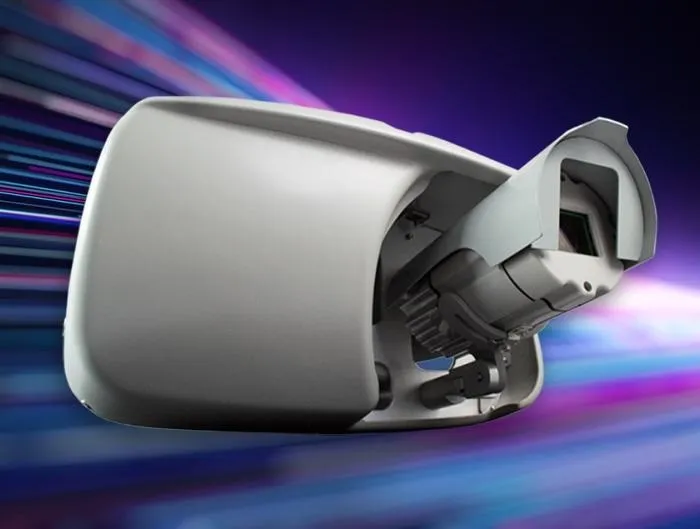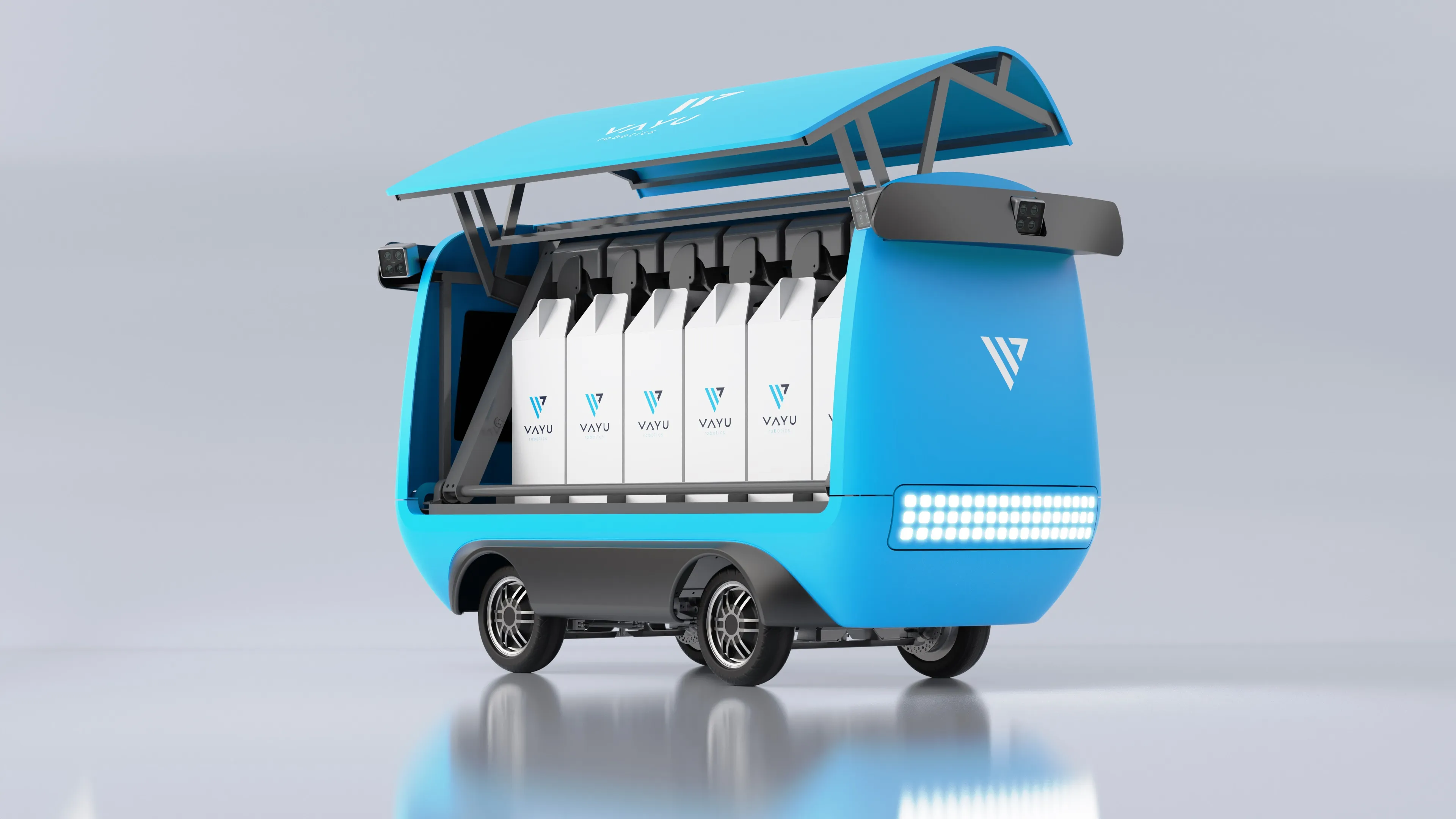Firstly, it has added 16 and 25 megapixel monochrome cameras (the M4090 and M5100) to its Genie Nano GigE Vision series.
Developed for applications including intelligent traffic systems, the new models use On Semiconductor’s Python image sensors with 4.5µm pixels and a global shutter, TurboDrive for fast full quality image transfer and have an operating range spanning from -20°C to 60°C.
In addition, the company has added new Linea line scan cameras (pictured) designed for railway safety applications and said to offer excellent sensitivity and speed. Linea cameras use GigE technology and can transmit data over distances of up to 100m via CAT-5e and CAT-6 cables and the company’s TurboDrive technology enables the delivery of full quality images at line rates up to 80kHz.
Teledyne Dalsa boosts resolution and adds railway cameras
Teledyne Dalsa has expanded its product offering to the ITS sector. Firstly, it has added 16 and 25 megapixel monochrome cameras (the M4090 and M5100) to its Genie Nano GigE Vision series.
January 25, 2017
Read time: 1 min









